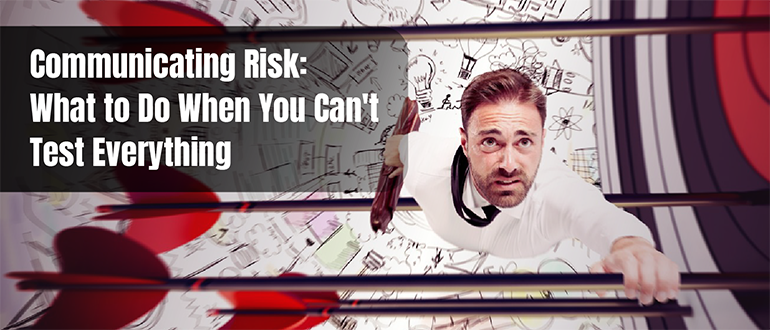Webinar
Think About Your Audience Before Choosing a Webinar Title

Sponsored by tricentis
What You’ll Learn in This Webinar
Do you feel like your team is under the gun to test everything when a new feature is rolled out? Do you worry that your team mates don't understand why you choose to test the items you do? Do you feel like you can't communicate those risks to them in a way they understand? Are there moments in your life where you deeply question if you can successfully complete the testing requirements of a sprint? Do you just really like cats?
If you answered yes to any of those items–this is the talk for you.
We will define and discuss risk as a tangible metric, striving to break it down into components that you can use to talk to developers, product owners, business people, and any other stakeholders. Having a common language of what risk is and what it's made of allows us to decide what we should test and when we should test it–and then communicate that to our stakeholders. We will also talk about building a risk matrix and why we should even bother. Included will be a heavy dose of jokes, anecdotes, and pictures of my cats.







